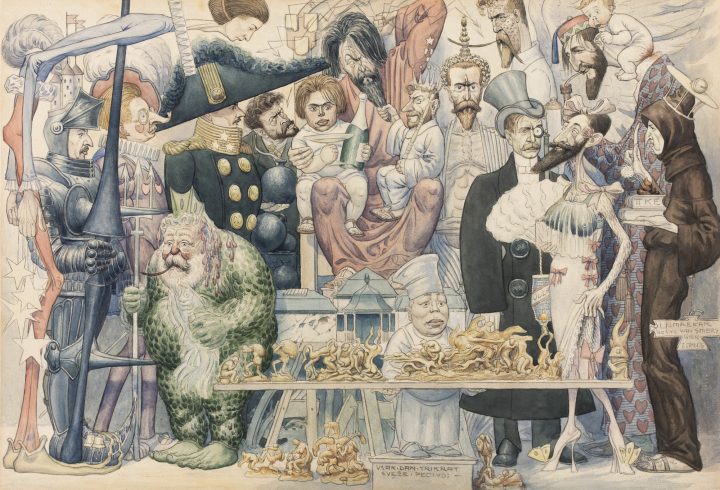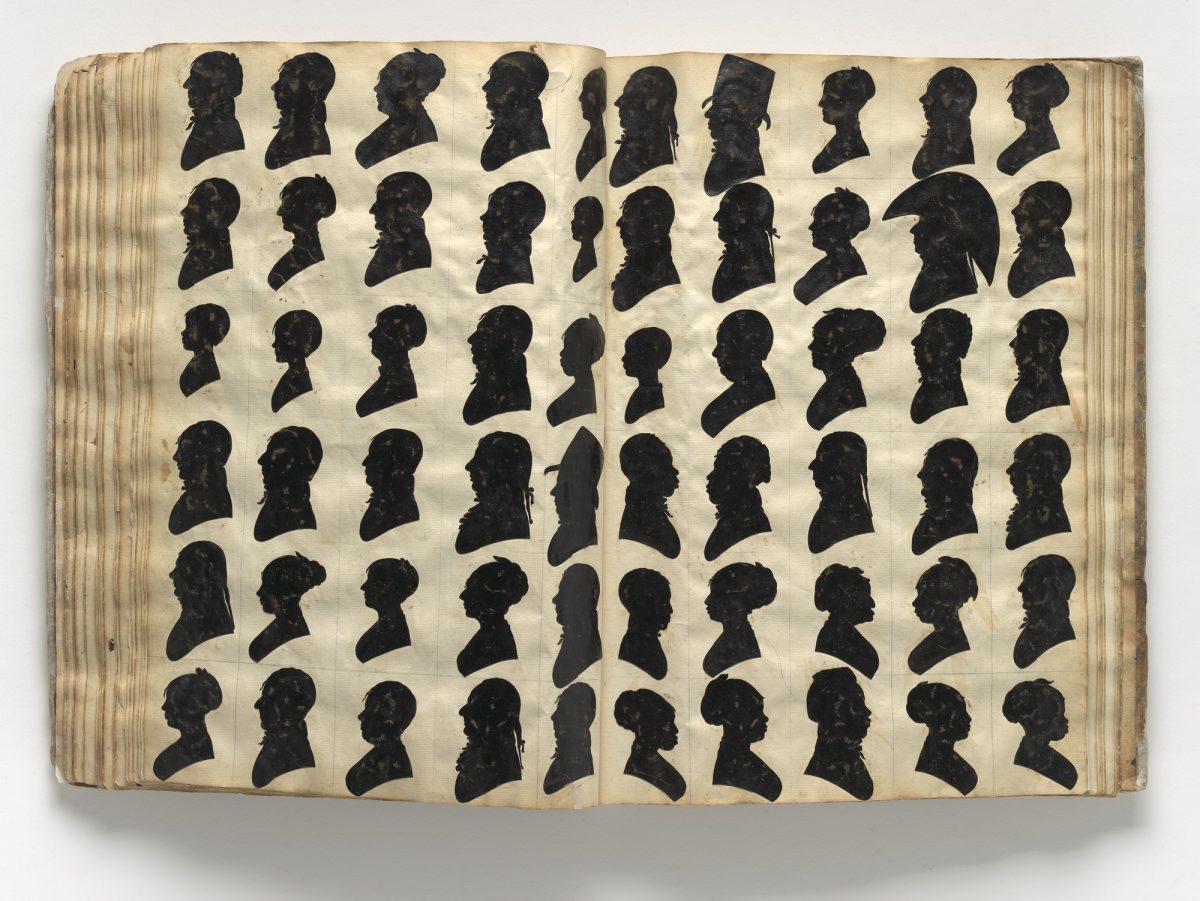
The Getty Foundation has announced its latest round of grants for Curatorial Innovation in Prints and Drawings. Founded in 2018, the annual awards are part of the institution’s ongoing Paper Project initiative, which aims to help curators around the globe to make graphic arts collections more accessible to today’s audiences. This year, the Getty will award over $1.55 million in grants to 19 international cultural institutions for the development of exhibitions, publications, and digital programming related to prints and drawings. The winning projects encompass works created across more than 1,000 years of history in dozens of countries, and span a wide range of materials including unpublished sketchbooks, political posters and cartoons, illuminated manuscripts, architectural plans, maps, and more.

A number of grantees will use funds to present under-recognized artists and bodies of work to the public. The Isabella Stewart Gardner Museum will stage the first exhibition and publication exclusively dedicated to Black Arts Movement artist Betye Saar’s dozens of illustrated, annotated travel journals. The International Print Center New York will mount an exhibition and publication on Margaret Lowengrund, the first woman to open her own printmaking workshop and gallery in the United States. The Chrysler Museum of Art will explore African American artist Jacob Lawrence’s little-known time in Nigeria in the 1960s and his connection with the Mbari Club cultural group in an in-depth exhibition.
Other projects will bring their collections to wider audiences through digital projects and translation initiatives. The National Gallery of Slovenia will present the first English-language catalogue raisonné, along with English-language online content, on Hinko Smrekar, a Slovenian illustrator and satirist who was imprisoned for his biting political work and later executed during World War II without trial. The Smithsonian’s National Portrait Gallery will create a digital platform for its large collection of early American cut paper silhouettes, which, due to their fragile, arsenic-laced material, are not easily accessible to the public. These and other projects will be in development for the near future thanks to the Getty’s support.

William Bache, portraits of unidentified New Orleans subjects, from “Ledger book of William Bache” (c. 1803–1812), black paper coated silhouettes mounted on paper (copyright National Portrait Gallery, Smithsonian Institution, Washington, DC, USA, partial gift of Sarah Bache Bloise)
0 Commentaires